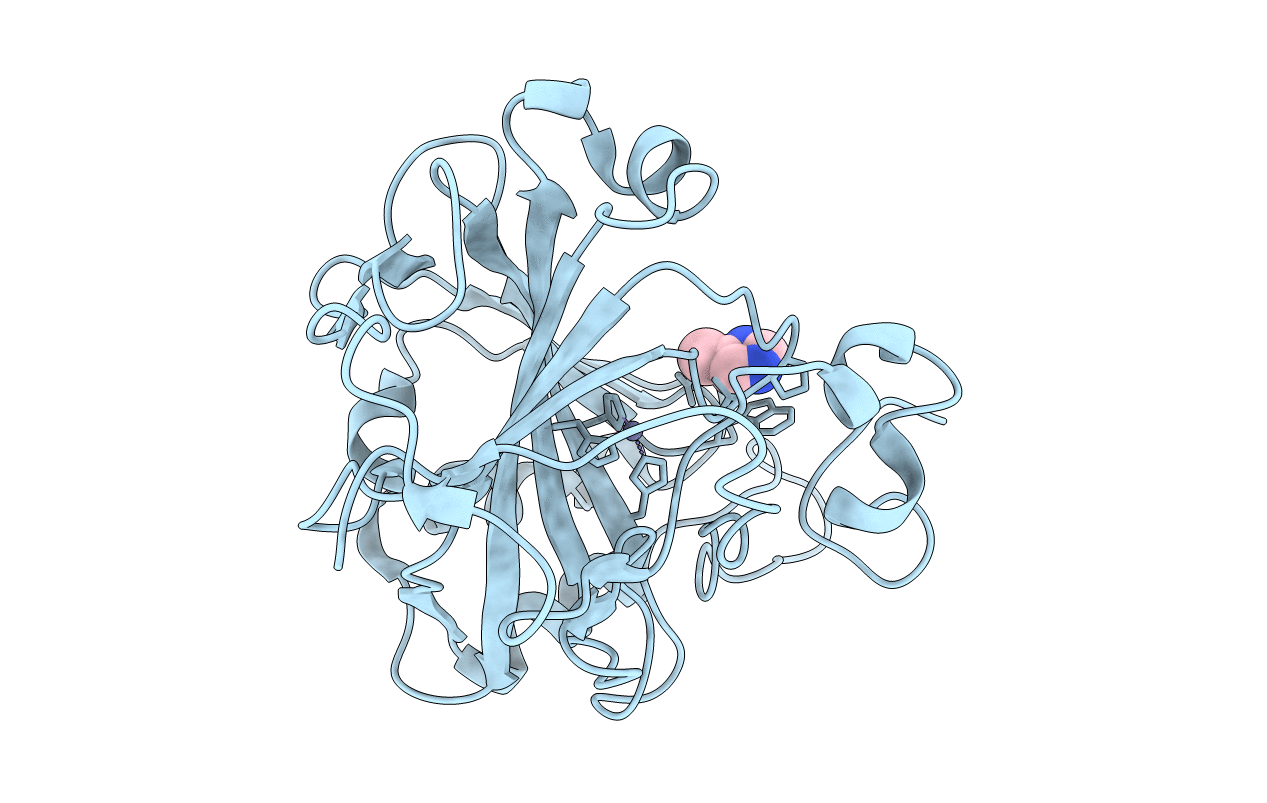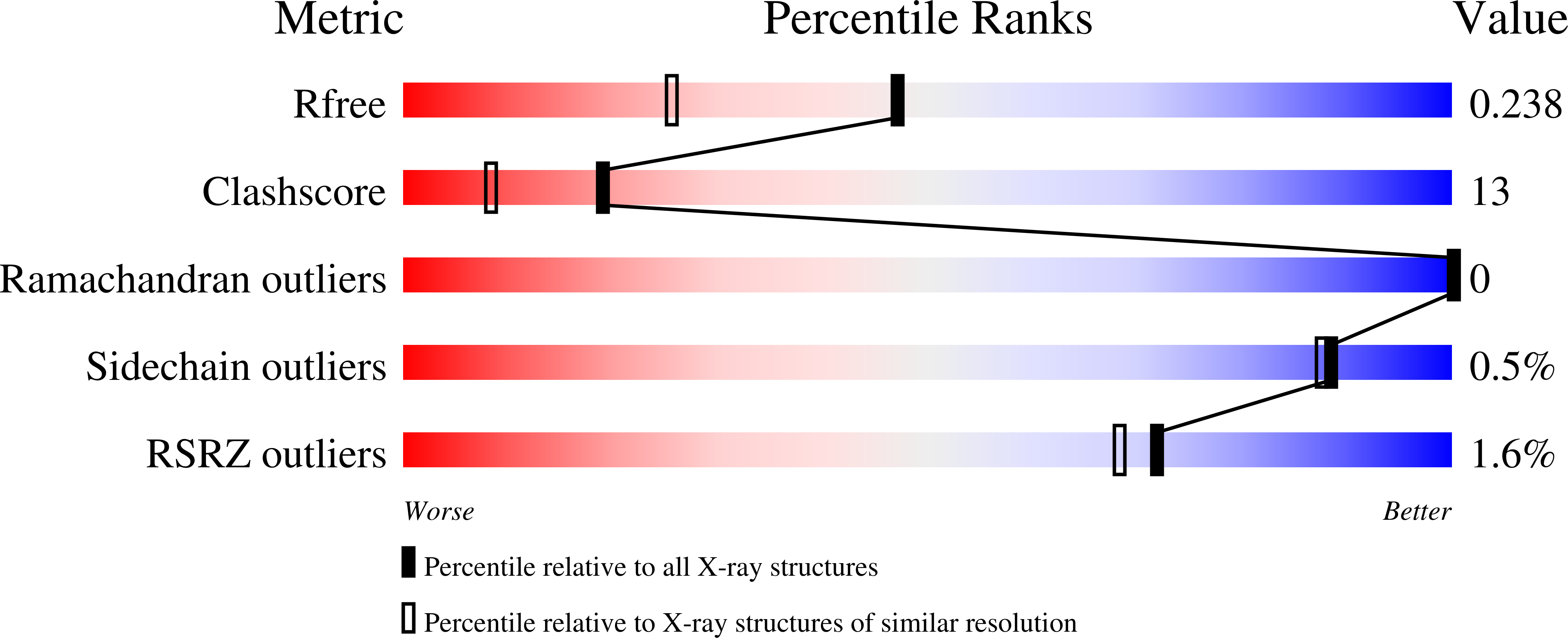
Deposition Date
2006-01-11
Release Date
2006-11-28
Last Version Date
2023-08-30
Entry Detail
PDB ID:
2FNN
Keywords:
Title:
Activation of human carbonic anhydrase II by exogenous proton donors
Biological Source:
Source Organism:
Homo sapiens (Taxon ID: 9606)
Host Organism:
Method Details:
Experimental Method:
Resolution:
1.80 Å
R-Value Free:
0.23
R-Value Work:
0.20
Space Group:
P 1 21 1


